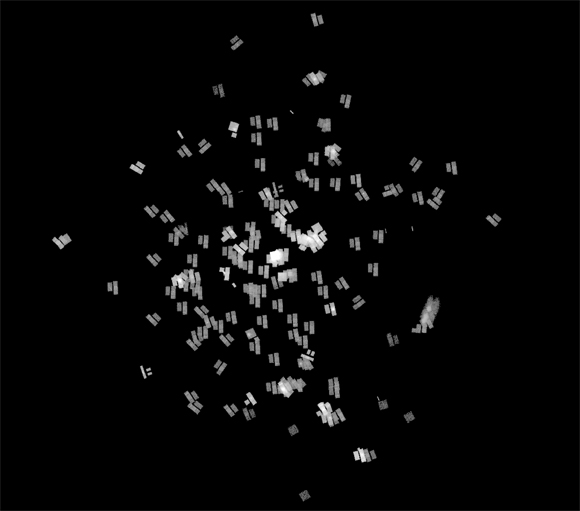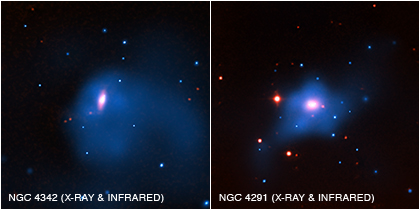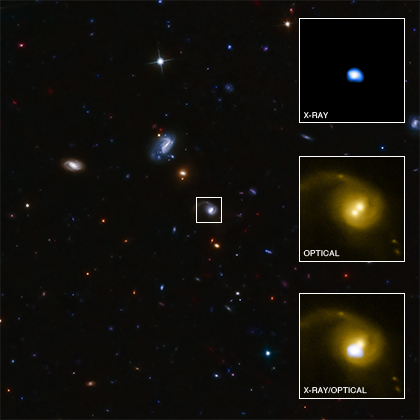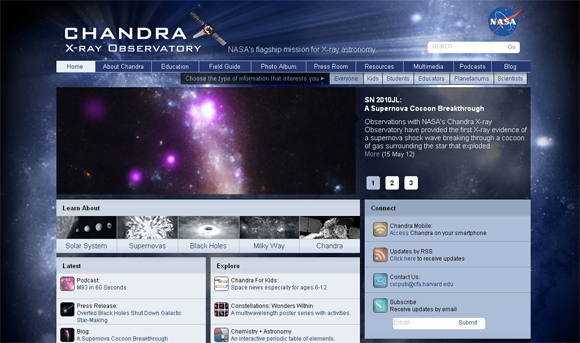AstroPoetry, 2012 (Part Two)
Submitted by chandra on Tue, 2012-06-26 10:55Following the success of our first poetry competition last year, the Chandra X-ray Observatory and Jonathan Taylor, Senior Lecturer in Creative Writing, have now run a second competition, in which Creative Writing students at De Montfort University in the U.K. were invited to write poems inspired by some of Chandra's findings. The final two entries of the four winning pieces are included here. Congratulations to all four winners.
Want more astropoetry? See these previous pieces.










